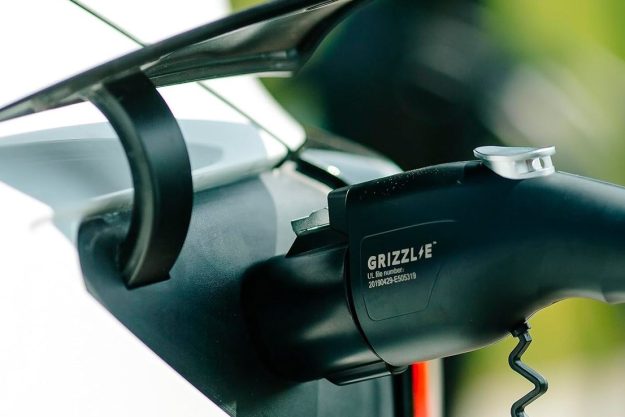Mercedes certainly throws down the glove in its latest promo for the AMG GT. The video starts off with a child fast asleep in bed, experiencing his “dream car’ taking to the track. Suddenly, a yellow AMG GT invades the dream like an automotive Freddy Kruger, catching up to the fantasy vehicle then blasting by, startling the child awake.
His dream car has been overtaken.
The video doesn’t outright say what the car is, but we see enough of it along with the toys in the kid’s room to determine this boy is a Porsche 911 fan. Mercedes saying its new GT trounces the 911 is certainly fightin’ words, which will surely get the Porsche crowd whipped into a frenzy. But is this a matter of the latest shiny thing temporarily taking the attention off of the faithful mainstay? Is the AMG GT the Buzz Lightyear to the Porsche’s Woody?

Porsche’s current 911 Carrera GTS packs a rear mounted (as always) 3.8-liter six-cylinder engine that puts out 430 horsepower to the back wheels. This is routed either through a seven-speed manual or PDK dual clutch transmission. This propels the car from 0 to 60 in 4.2 seconds, up to a 190 mph top speed.
The front-engined Mercedes AMG GT S, on the other hand, is clearly gunning for the 911. It’s biturbo 4.0-liter V8 sends 503 hp through a seven-speed dual clutch transmission, claiming to rocket off the line in 3.7 seconds. It’s top speed matches that of the Porsche.
So that’s the fight as it stands on paper. How they stack up in real life is where the real debate is. Both are pretty hot cars to have at ones disposal for some spirited track time or backroad thrash, both also having a storied history of performance.
If the commercial aimed to do spark an argument, the comment section proves it to be a success. Either way, when two awesome German sports car manufacturers duke it out, we’re the ones who end up winning. The Mercedes may have indeed replaced the boy’s dream car, but is this a matter of the latest shiny thing temporarily taking the attention off of the faithful mainstay? Is the AMG GT the Buzz Lightyear to the Porsche’s Woody?
Which side are you on?
Editors' Recommendations
- Part plug-in, part dragster, the Mercedes-AMG GLC63 is an SUV of many faces
- The Mercedes-AMG EQE might be the best luxury EV right now
- Mercedes-AMG shifting gears with a variety of hybrids and EVs on their way
- 2021 Mercedes-AMG GLE53 coupe is an SUV that wishes it was a sports car
- Mercedes-AMG GT 73 plug-in hybrid will unleash 805 hp, report says


